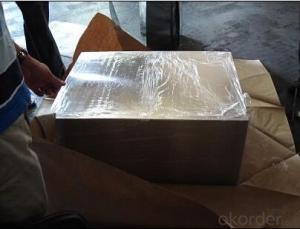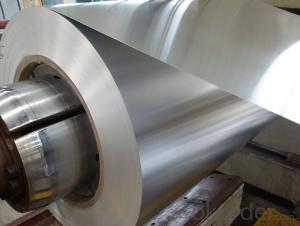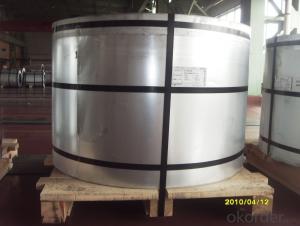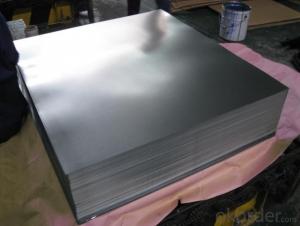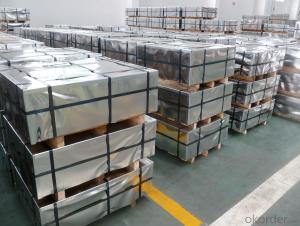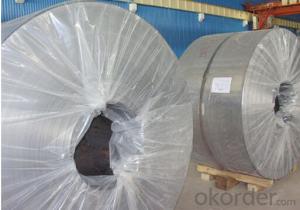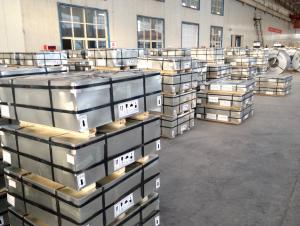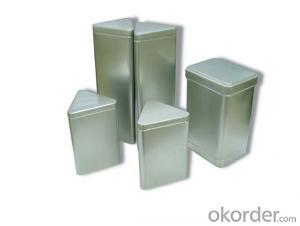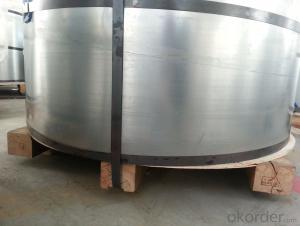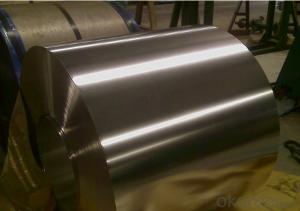Tinplate Share
Tinplate Share Related Searches
4 By 8 Plastic Sheets Thin Plastic Sheets Flexible Tinplate Coil Quotes Tinplate Iron Clear Plastic Sheets Hard Plastic Sheets 4X8 Lightweight Plastic Sheets Wavy Plastic Sheets White Plywood Sheets Poly Styrene Foam SheetsHot Searches
Tinplate China Tinplate Stock Price Tata Tinplate Price List Tinplate Price Trend Tinplate Nse Share Price Tinplate Price Chart Tinplate Share Price Nse Tata Tinplate Share Price Tinplate Share Price Today Tinplate Share Price Bse Tinplate Price Tinplate Share Price Tinplate Coil Manufacturers Tinplate Sheet Suppliers Food Mixer Sale Tinplate Factory Tinplate Production Tinplate Products Ltd Tinplate Products Tinplate Can ManufacturersTinplate Share Supplier & Manufacturer from China
Okorder.com is a professional Tinplate Share supplier & manufacturer, offers integrated one-stop services including real-time quoting and online cargo tracking. We are funded by CNBM Group, a Fortune 500 enterprise and the largest Tinplate Share firm in China.Hot Products
FAQ
- Tinplate is commonly used in the packaging of food due to its protective properties. It acts as a barrier against air, moisture, and light, preventing contamination and spoilage of the product. However, tinplate can potentially affect the taste and quality of food if there is any interaction between the metal and the food. This can occur when acidic or salty foods come into contact with the tin coating, leading to a metallic taste. To prevent such issues, tin coatings are often lined with a layer of enamel or lacquer to create a barrier between the food and the metal. Additionally, strict regulations and quality control measures are in place to ensure that tinplate used in food packaging is safe and does not compromise the taste or quality of the food.
- There are generally three types of tinplate: Single Reduced (SR), Double Reduced (DR), and Electrolytic Tinplate (ETP).
- Yes, tinplate can be used for promotional or gift packaging. Tinplate is a versatile material that can be shaped into various sizes and designs, making it suitable for creating eye-catching and customized packaging solutions. Its durability and ability to retain its quality over time also make it a popular choice for promotional or gift packaging, ensuring that the product inside remains protected and visually appealing.
- Yes, tinplate packaging can be used for kitchen utensils. Tinplate is a durable material that is resistant to corrosion and has good thermal conductivity, making it suitable for various kitchen utensils such as cans, containers, and even cookware.
- What are the differences in the corrosion behavior of two ferrous iron products?
- There are other statements, such as China used this lamp tin plate made of kerosene, shaped like a horse, so called "tin".
- The shelf life of products packaged in tinplate can vary depending on various factors such as the type of product, packaging conditions, and storage conditions. However, tinplate is known for its excellent barrier properties and resistance to corrosion, which can help extend the shelf life of products. In general, products packaged in tinplate can have a relatively long shelf life ranging from several months to a few years.
- Yes, tinplate can be used for household appliances. Tinplate is a type of steel coated with a thin layer of tin, which provides corrosion resistance and enhances the appearance of the metal. This makes it suitable for manufacturing various household appliances such as cans, containers, kitchen utensils, and even small electrical appliances.

















